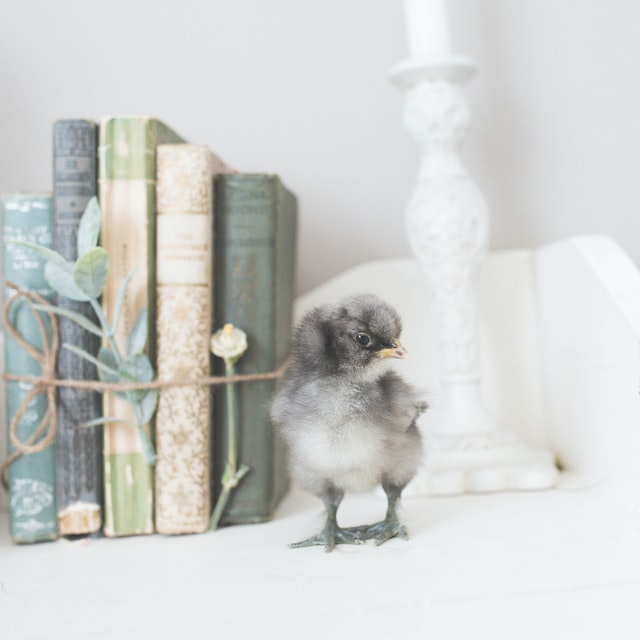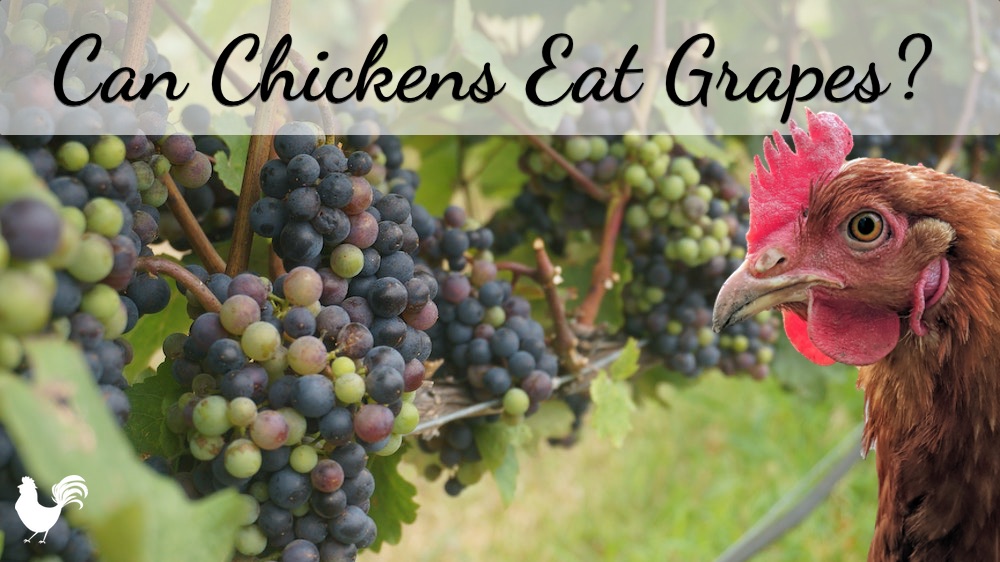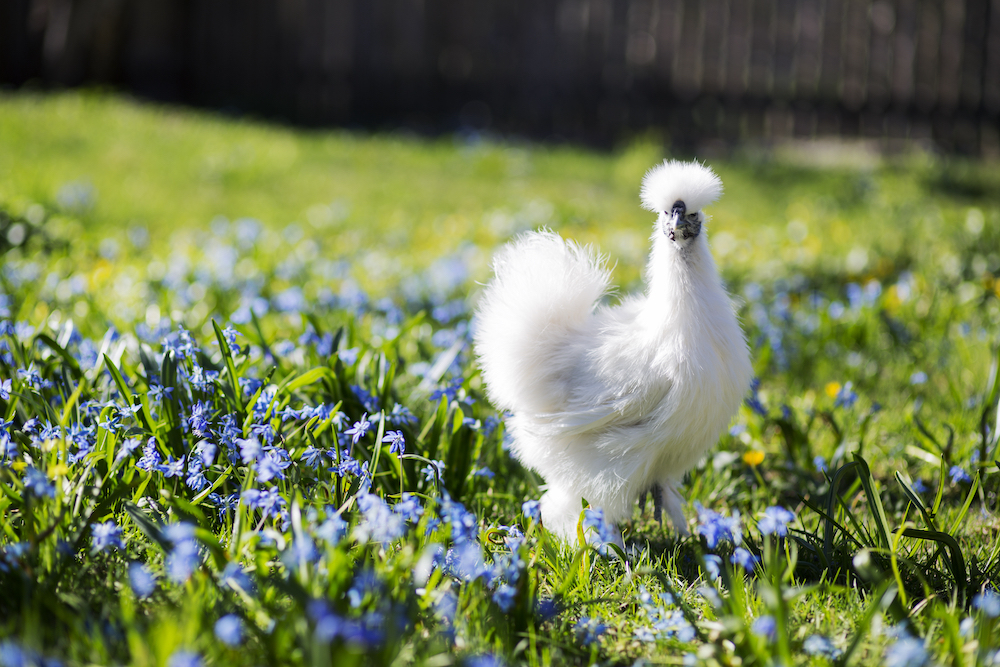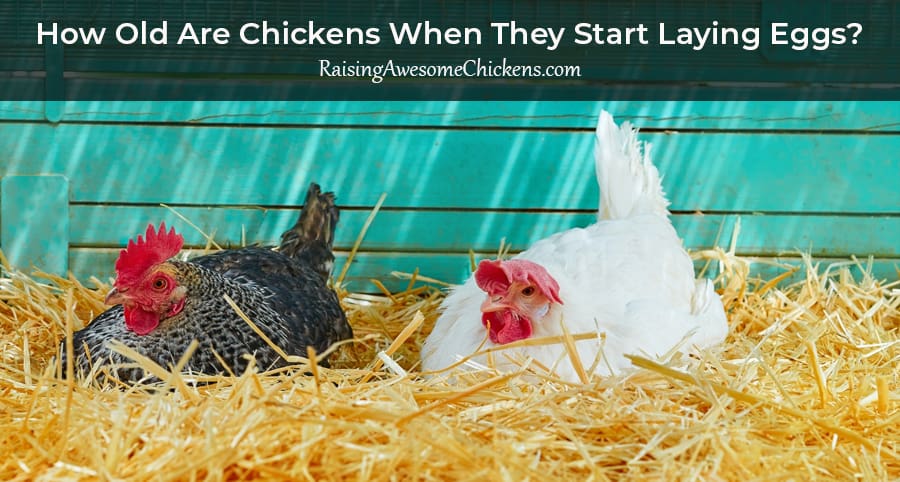Last Updated on February 18, 2024 by AwesomeChickens
Nothing will irritate a chicken owner more than opening the nesting boxes of their chicken coop and finding the straw or pine shavings you put down for your chickens pushed out to the floor of the coop and broken eggs on the bottom of the nesting box. Thankfully, there is a solution for this. In this article, we will help you select the best nesting material for your chickens.
Table of Contents
The Necessity of Nesting Boxes
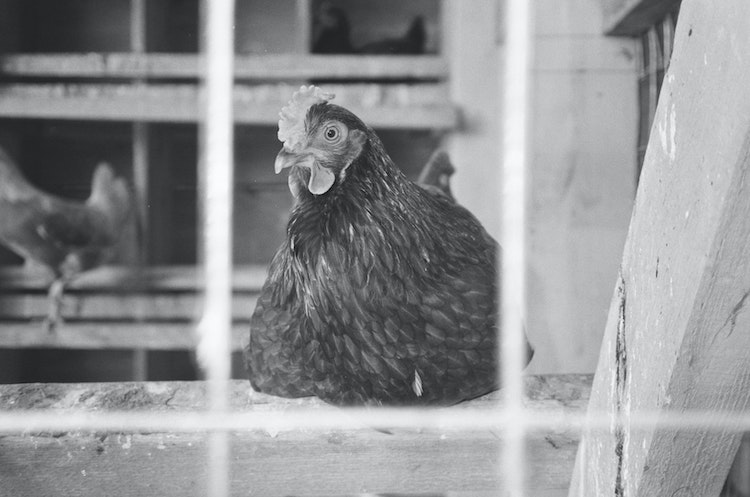
First of all, your chickens need a dark and quiet place to go and lay their eggs. If not provided for them, they will seek out their own place to lay. Trust me. You don’t want to play hide and seek with your flock. This can lead to unfound eggs, inevitably leading to rotten eggs and an influx of pests like rats and snakes. When hens are left to lay in unknown or inaccessible places, it develops poor laying habits, costing the owner valuable eggs. Providing quality nesting boxes is essential to your success at raising solid egg-laying chickens.
Eggs over Aesthetics
Nesting boxes need good nesting material for your chickens and eggs. For ages, straw and pine shavings have been used as the primary materials in nesting boxes. Both are relatively inexpensive and provide comfort for the hens and a soft landing place for the eggs.
However, both materials have their disadvantages. Straw slowly accumulates droppings and ultimately sticks to the nesting box and the hens. Over time this creates nasty nesting boxes and an unfavorable environment for your eggs. Likewise, pine shavings attract moisture. This accrual of droppings and moisture grows into an unsanitary bed for your eggs and stinks to high heaven!
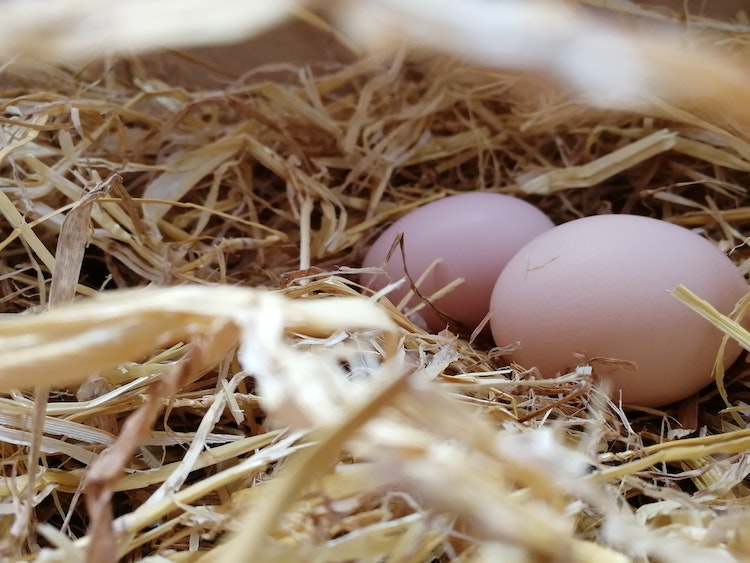
Your chickens actually cause the greatest headache with these two basic nesting materials. When they enter the nesting boxes, they scratch and turn around repeatedly to prepare the nest for the egg. Because of the lightweight nature of these materials, they are often pushed against the sides of the nesting box, exposing the hard base or pushed out of the box altogether. Usually, the results are broken eggs and a big mess to clean up. It can also eventually lead to egg-eating among your flock.
If you want your eggs safe and intact at the end of the day, choosing the best nesting material for chickens is more critical than the nostalgic look of straw and pine shavings. Thankfully, today, we have various alternative materials/products that make the egg-laying process cleaner, safer, and more efficient.
A Word of Caution
Sometimes hens get used to their environment. Changing their nesting materials could cause them to temporarily slow production or lay their eggs outside of the nesting boxes. We recommend that when you change to a new nesting material, you put a ceramic nest egg in each nesting box for a few days to help them acclimate quicker.
Three Highly Rated Nesting Materials for Chickens
(Listed in ascending order of per-unit price)
Petmate Excelsior Nesting Pads
Impression – It looks the most like your traditional nesting box materials.
Pros:
- Moisture-absorbing
- Soft Natural feel
- biodegradable materials – compostable after use
- Made in USA
Cons:
- Not washable
- Repeated purchase necessary
Roosty’s Chicken Nesting Box Pads
Impression – Very utilitarian and should last a long time
Pros:
- Easily adjustable to fit your nesting box
- Durable
- Washable
Cons:
- Looks and feels a bit like a doormat
- Only 6 pads per package
Cackle Hatchery Laying Hen Nest Box Turf
Impression – Creates country club nesting boxes for those rich chickens.
Pros:
- Thick and soft for eggs and hens
- Durable and washable
- Comes in 3, 6, or 12 packs
- Made In USA
Cons:
- Can be hard for chickens to get used to
Conclusion
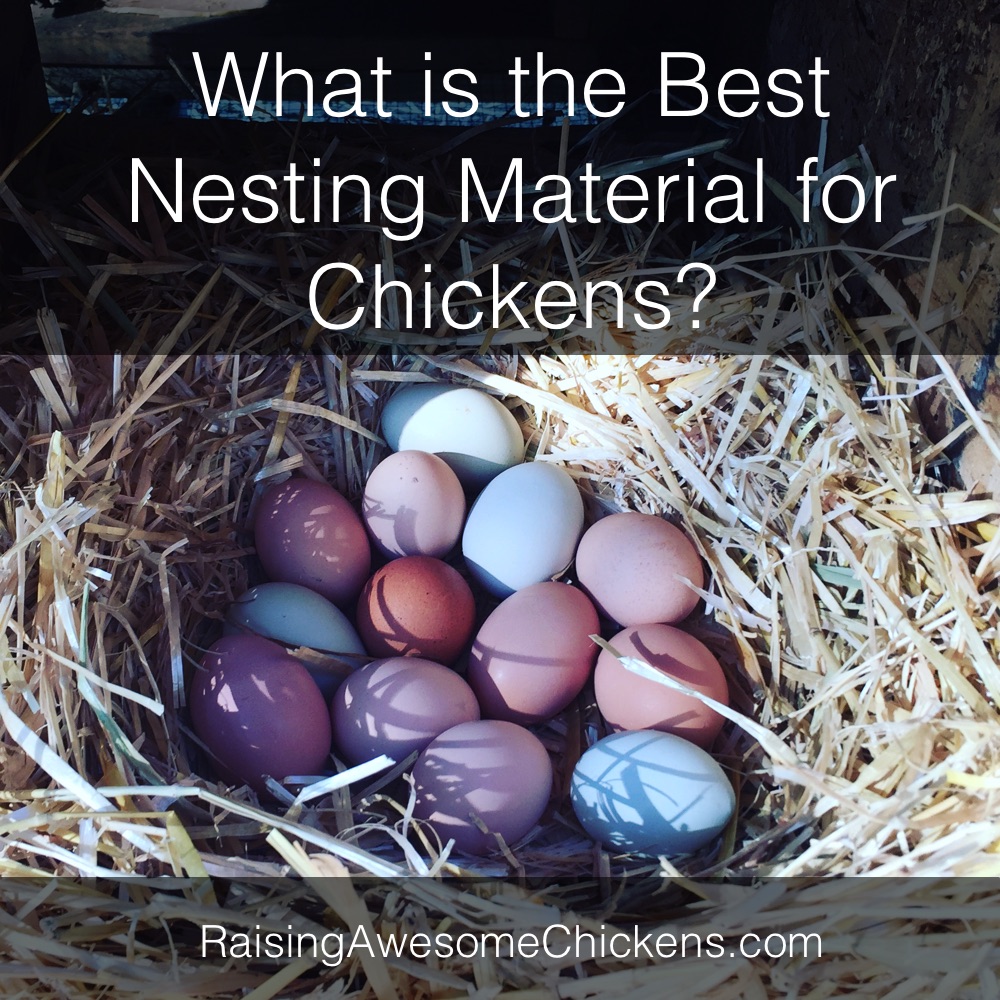
These three alternative nesting materials offer many of the same benefits as straw and pine shavings while mitigating the downsides. Their main objective is coop hygiene and egg preservation. While they might not provide the nostalgic look of your grandmother’s chicken coop, their positive reviews show that they are the best nesting materials for chickens!





